All Saints’ Day in Guatemala: Giant Kites and the Famous Fiambre
All Saints’ Day in Guatemala, celebrated on November 1st, is one of the country’s most meaningful traditions. It is a day that combines faith, culture, and family, reflecting the deep connection Guatemalans maintain with their loved ones who have passed away.
Rather than being a sad occasion, it is a day full of life, color, and flavor, when families come together to honor the memory of their ancestors and strengthen their bonds through tradition and shared experiences.
Tradition and Faith: Visiting the Cemeteries
On All Saints’ Day, Guatemalan families visit cemeteries to clean and decorate the graves of their loved ones with flowers, especially the marigold, known locally as flor de muerto or “flower of the dead.” This act represents love and respect for those who are no longer physically present but remain alive in memory.
Cemeteries become vibrant places filled with flowers, food, and conversation. Families share stories, music, and meals, turning what might seem like a day of mourning into a celebration of life.
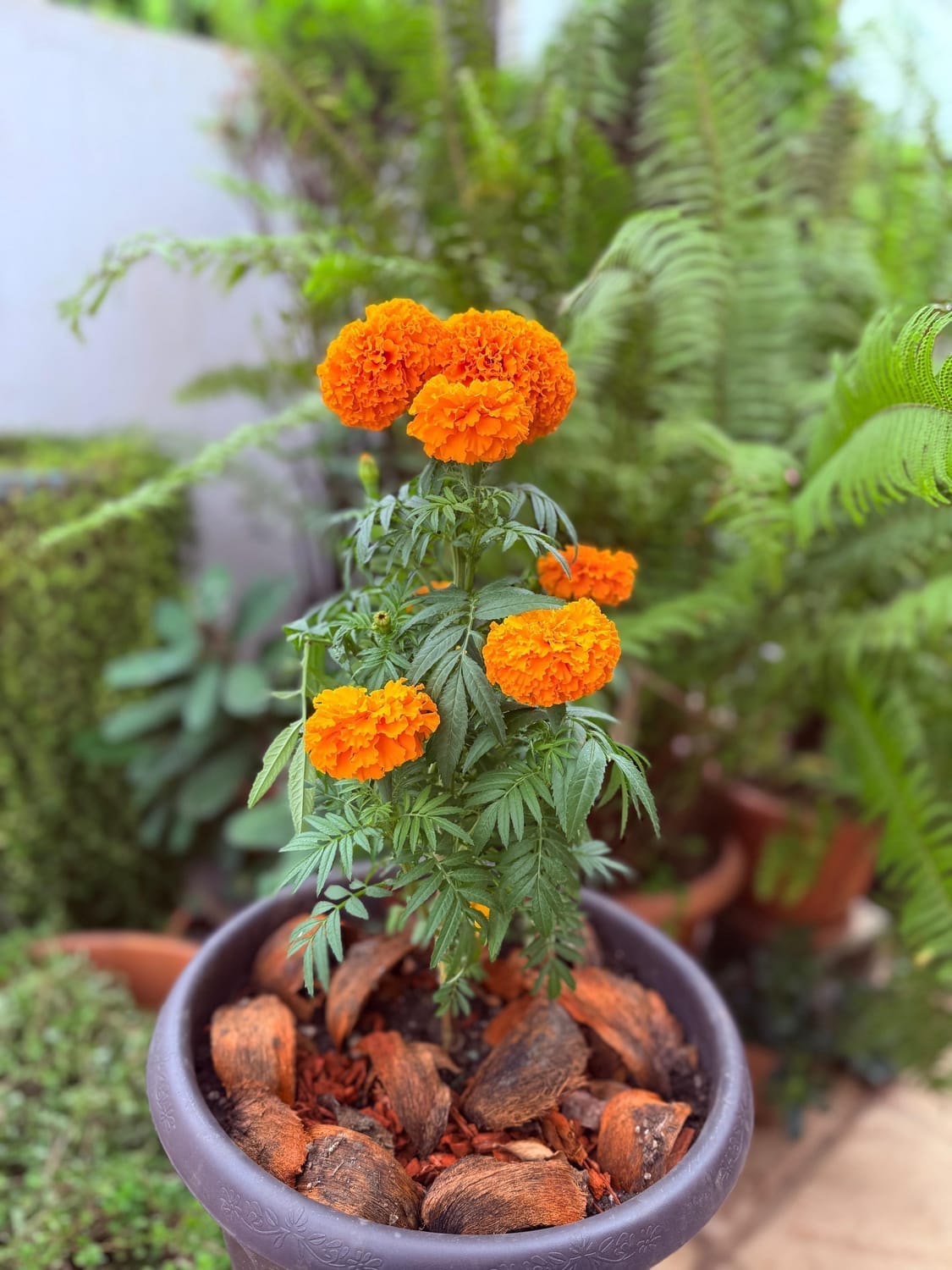
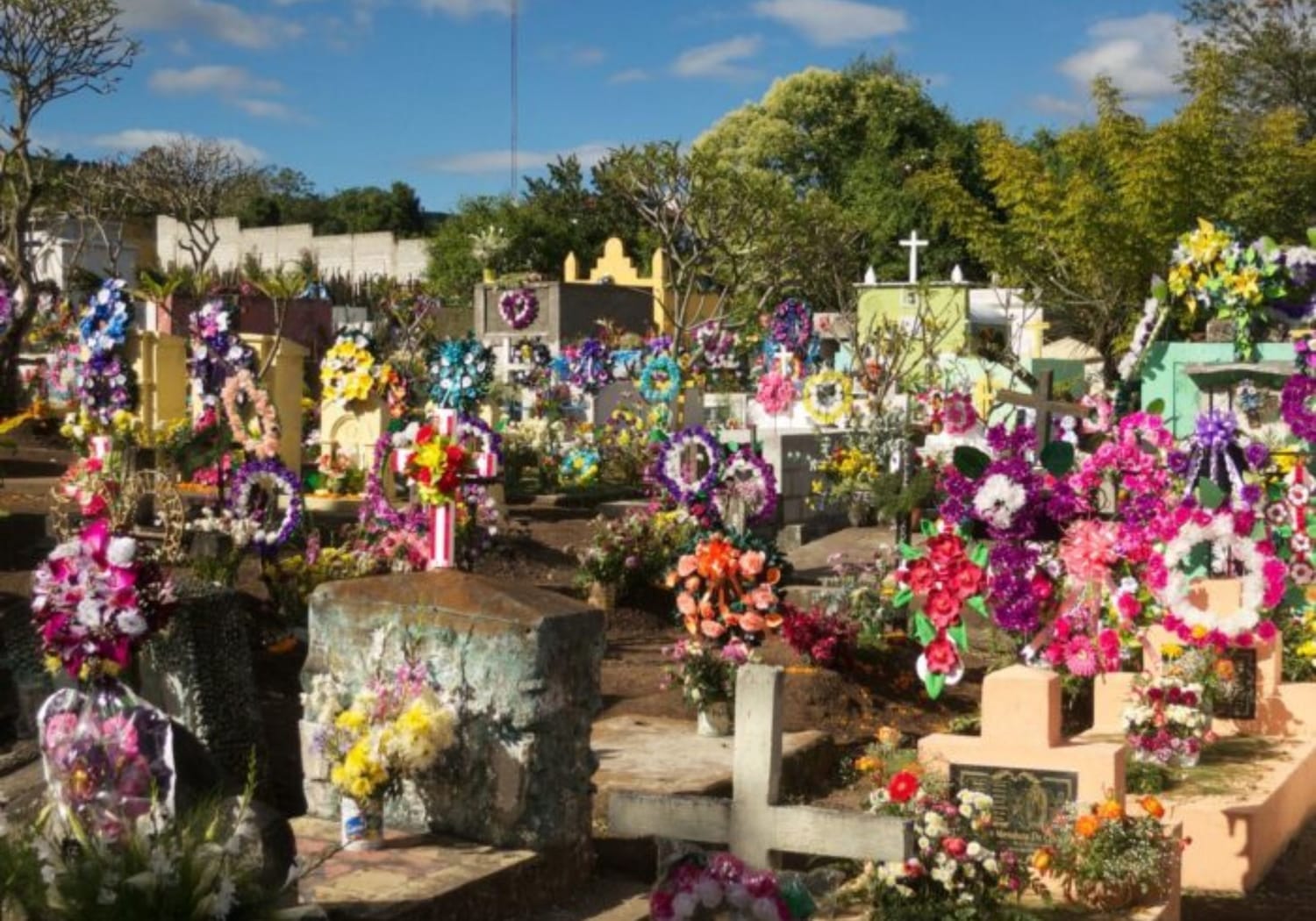
The Giant Kites of Sumpango and Santiago Sacatepéquez
One of the most spectacular traditions of All Saints’ Day in Guatemala is the flight of the Giant Kites of Sumpango and Santiago Sacatepéquez. Every year, hundreds of people gather to admire these enormous handmade kites crafted from colorful tissue paper and bamboo.
Some kites reach up to 20 meters in diameter and take months to complete. Beyond their artistic beauty, they carry messages of peace, hope, and spiritual connection between the living and the departed. The Giant Kite Festival has been declared an Intangible Cultural Heritage of the Nation, and it attracts visitors from around the world.


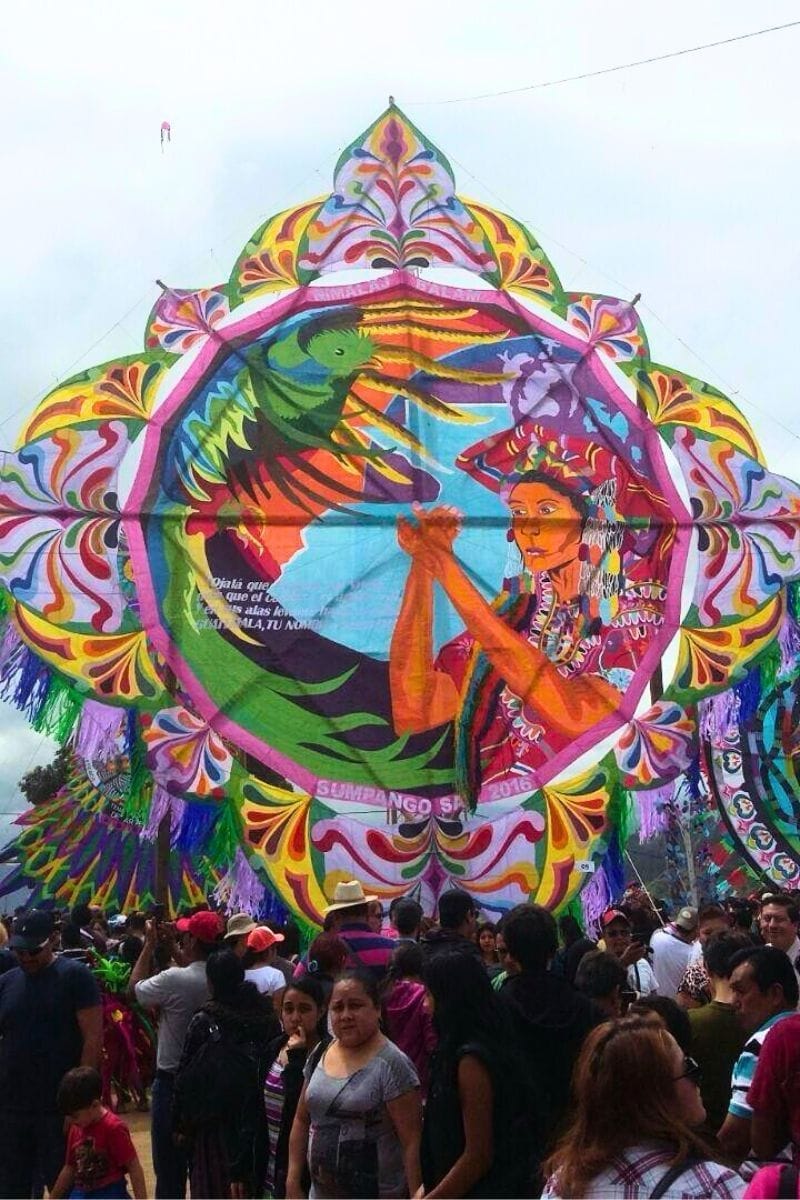
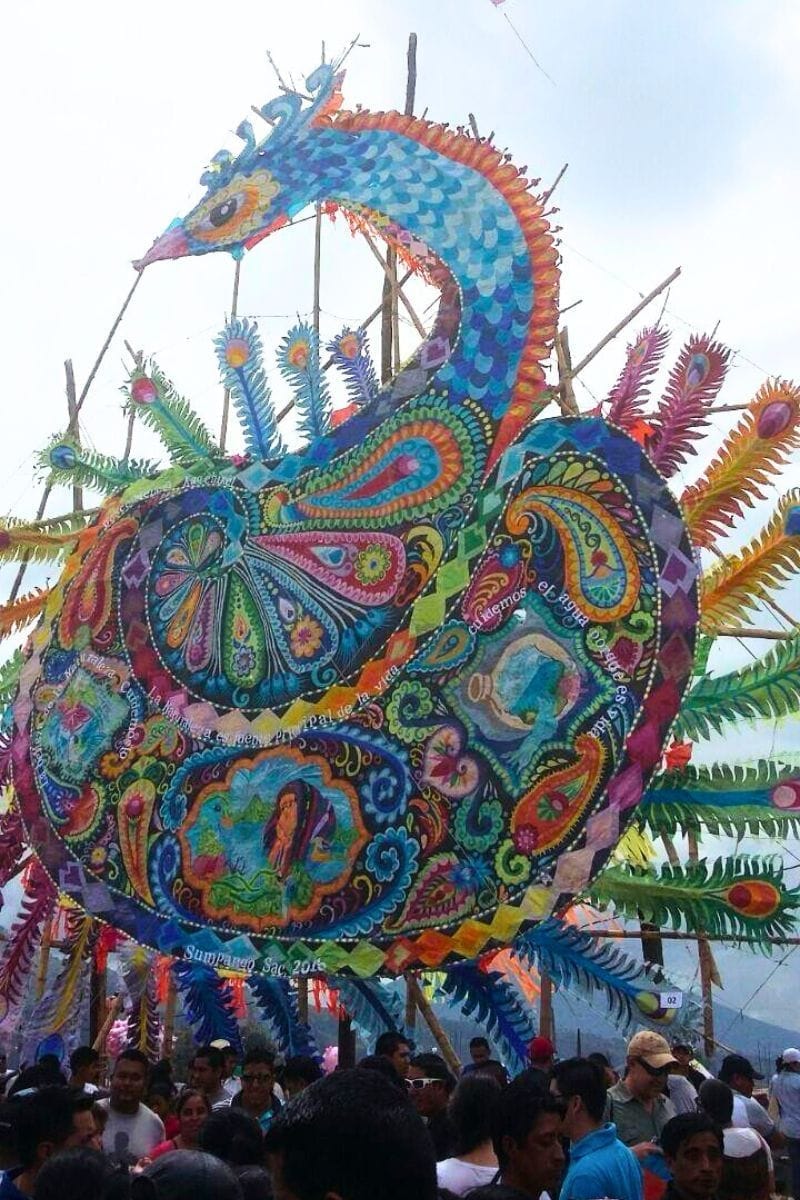
The Flavor of Guatemalan Fiambre
The Guatemalan fiambre is the signature dish of All Saints’ Day. It is a cold salad that combines between 40 and 50 ingredients, depending on the family recipe. The dish typically includes a wide variety of cold cuts, cheeses, vegetables, pickles, olives, beets, and cabbage, all mixed in a flavorful dressing.
There are two main versions: red fiambre, prepared with beets, and white fiambre, made without them. Every family has its own version, often passed down from generation to generation. Preparing the fiambre is a social and emotional event, as families spend several days chopping, mixing, and assembling the dish together. It represents family unity and Guatemala’s rich cultural heritage.
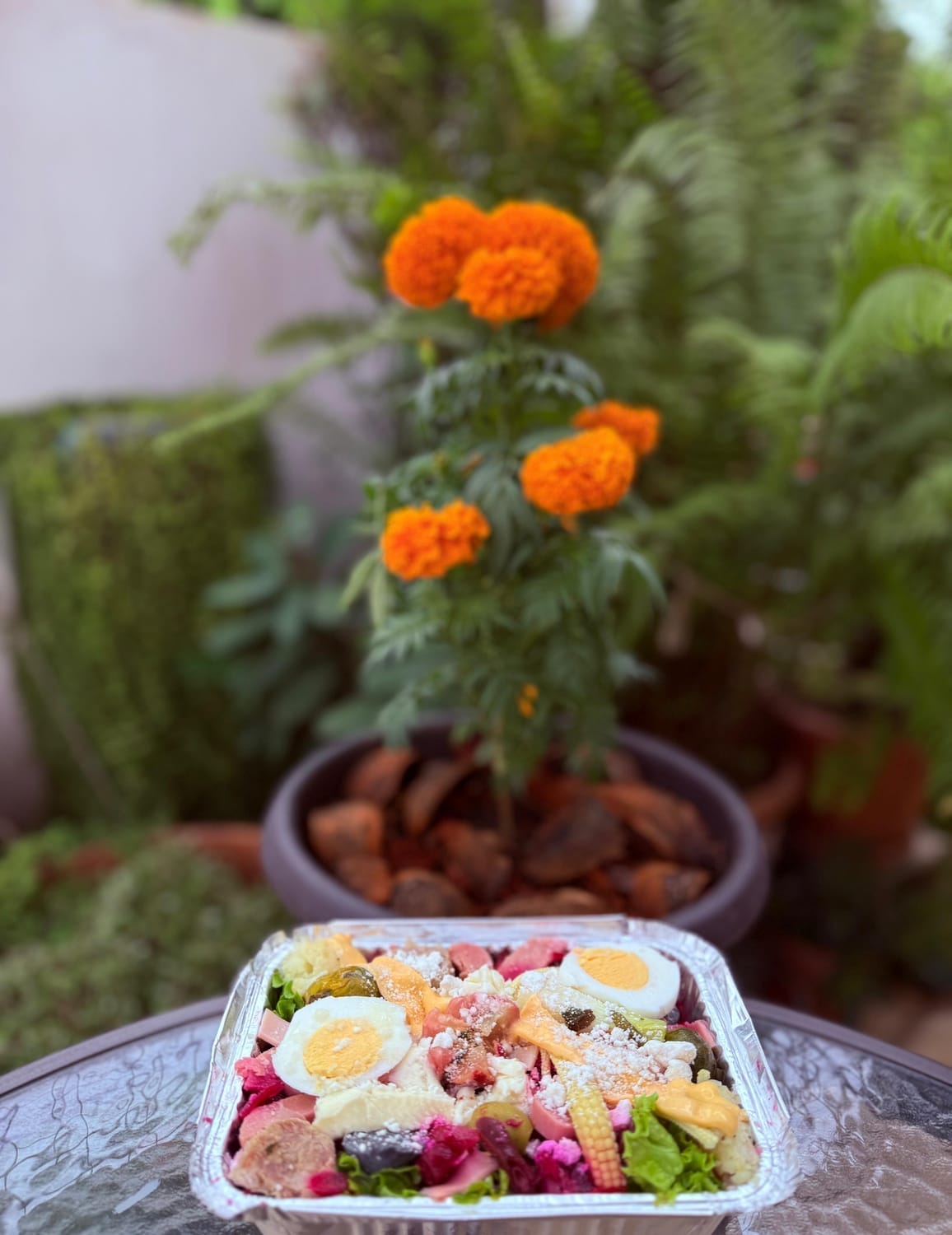
Sweet Traditions: The Pan de Muerto
In Guatemala, the Pan de Muerto is one of the most traditional foods enjoyed during All Saints’ Day. This soft, slightly sweet bread is usually flavored with a touch of orange or milk, sometimes with hints of anise or cinnamon, and decorated with sugar or sesame seeds. Its round shape symbolizes unity and the continuity of life, themes that resonate deeply with Guatemalan customs during this time of remembrance.
In many towns and villages, bakeries and families prepare this bread days in advance, filling the streets with the warm scent of freshly baked dough. Some communities maintain a stronger attachment to the original meaning of the tradition, preparing and sharing the bread as part of local gatherings or after visiting the cemetery.
For most Guatemalans today, Pan de Muerto is a cultural staple of the season, a familiar taste that brings families together around the table. Whether enjoyed with coffee in the morning or after a family meal of fiambre, it remains a comforting reminder of Guatemalan identity and the enduring connection between tradition and togetherness.

A Blend of Beliefs and Roots
All Saints’ Day in Guatemala reflects the fusion of Mayan and Catholic traditions. It is a day that invites reflection, gratitude, and remembrance, while also celebrating the values and customs that define Guatemalan identity.
All Saints’ Day in Guatemala is more than just a date on the calendar. It is a living tradition that celebrates family, culture, and faith. From the Giant Kites of Sumpango soaring across the sky to the delicious Guatemalan fiambre shared at the table, this holiday continues to unite generations through memory and meaning.
Have you ever visited the Giant Kite Festival or tasted fiambre? Share your experience or tell us which Guatemalan tradition inspires you the most.
About Us
About Us




